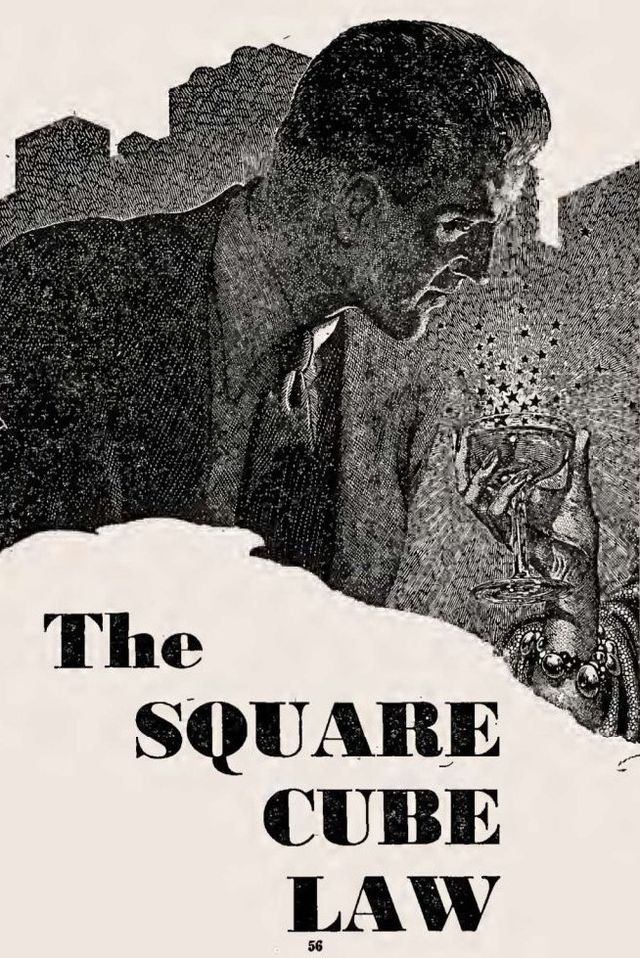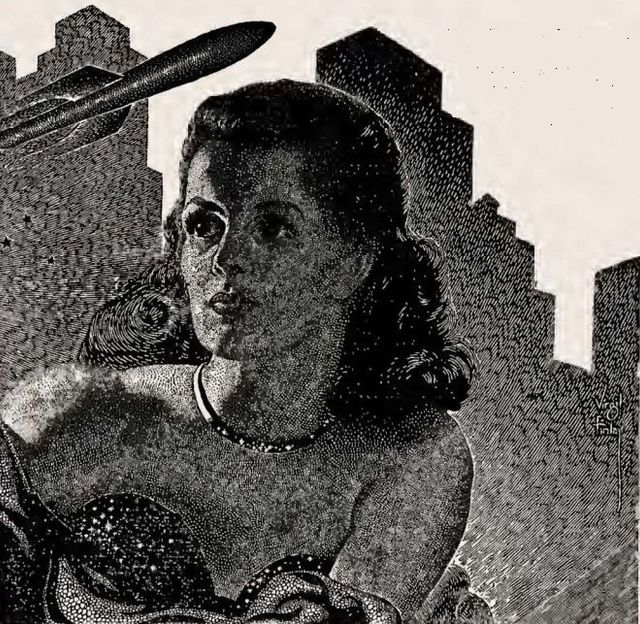-
Vijay Fafat
- Published on
JBS Haldane once wrote a wonderful article, “On Being the Right Size”, which can be found in James Newman’s “The World of Mathematics, Vol 2”. It encapsulates beautifully the idea that biologically, each function is associated with a “right scale”, a domain of size which must be respected; that one cannot arbitrarily change one biological parameter and expect all else to be equal. As he wrote:
“In a large textbook of zoology before me I find no indication that the eagle is larger than the sparrow, or the hippopotamus bigger than the hare, though some grudging admissions are made in the case of the mouse and the whale. But yet it is easy to show that a hare could not be as large as a hippopotamus, or a whale as small as a herring. For every type of animal there is a most convenient size, and a large change in size inevitably carries with it a change of form.”
Fletcher Pratt used this idea very cleverly in reverse in the story, “The Square Cube Law”. As the Editor describes it, “The square cube law sometimes gives engineers gray hair, but it has given our Fletcher Pratt the springboard nudge for a very different kind of story.” The novella is a money-heist set in the future where technology has evolved to have regular rocket transport and re-sized cloning (though oddly, the Federal Reserve still transports physical money geographically in the story…). How the seemingly impossible heist is pulled off and what leads to the denouement is worth reading. I won’t describe the details, but reproduce a spoiler:
“It was like this,” said Jones, lifting his glass and squinting through it at the azure bar-lights of the Caveme Bleu. “The square-cube law’ was responsible for the whole business.” “Why don’t they repeal it, then?” said O’Neill. “That would be difficult,” said Jones. “It’s international. […]was just smart enough to figure out how to use it to do something that couldn’t be done, but not smart enough to escape the consequences of what he’did.” […] “The square-cube law goes roughly something like this: as you increase the size, or mass, of an animal by the cube of its previous figure, its strength only goes up to the square. A man thirty feet high would be almost too weak to walk , around ; that is, if he had the same proportions. On the other hand very small animals, like a mouse or a marmoset, are prodigiously strong for their size, and when you get down to an ant, it can walk around with a load of ten or twenty times its own weight. Try lifting fifteen hundred pounds some time.”
The story is a sequel to Fetcher Pratt’s “DOUBLE JEOPARDY”
Finally, we should point out that one famous Google interview question goes something like this:
“Suppose you are shrunk down to the size of a bug but your density remains constant. You are dropped into a blender of height 25 cm. The blender will be turned on in one minute. How do you react?”
The innovative answer, following Haldane’s article, is supposed to be, “No problem. I can jump out of the blender because my muscle strength to body weight ratio is high enough for me to jump many times my reduced height”.

